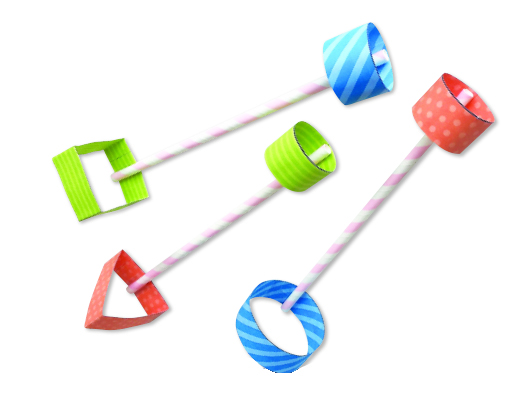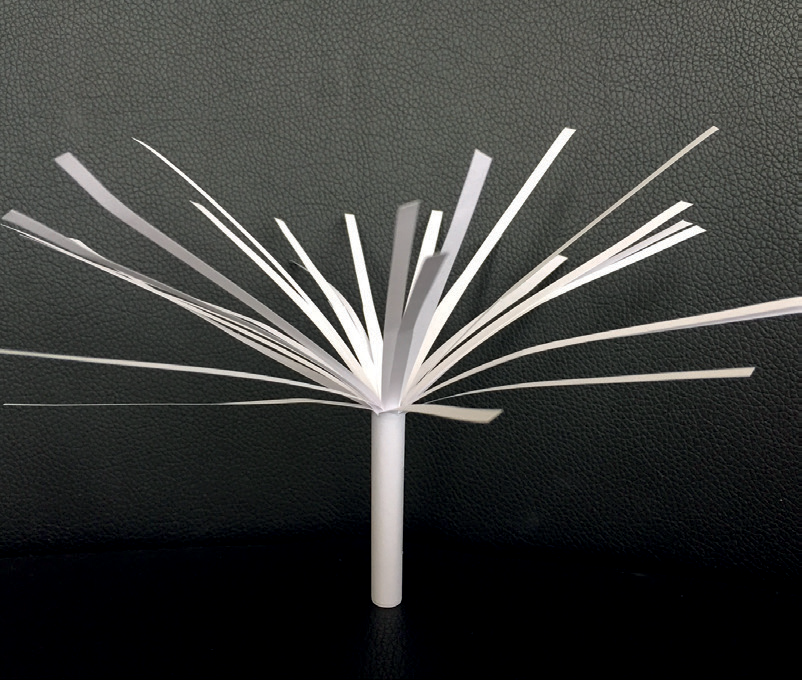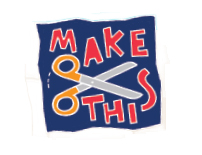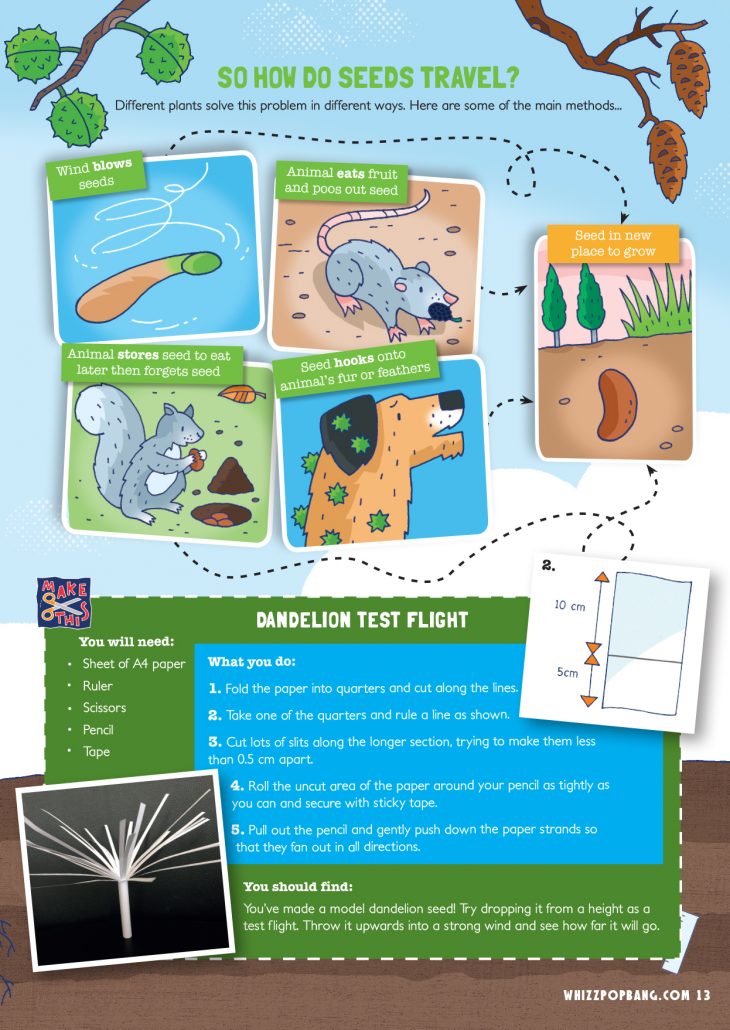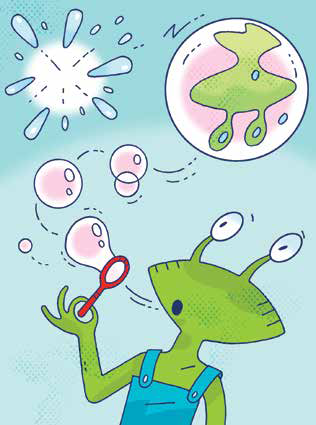How do you make a triangle fly? Will a square take to the air? Create your own paper straw flying machines and put them to the test with the SKY HIGH SCIENCE issue of Whizz Pop Bang! You’ll find everything you need inside issue 36 of Whizz Pop Bang science magazine, order a copy for just £3.75 with FREE UK delivery here.
Packed full of outdoor science activities for girls and boys over the summer holidays – ditch the screens and find out how planes fly!

